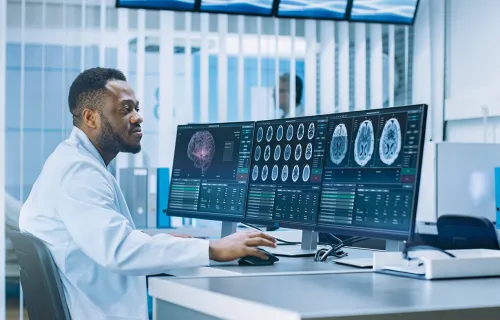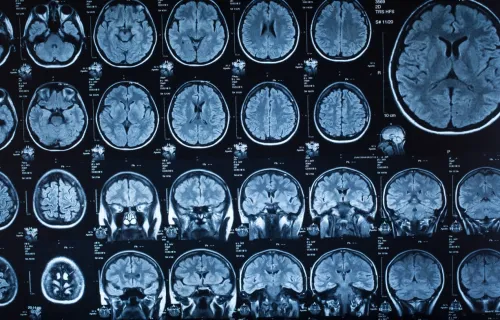
Ben Goldberg
Global Industry Lead, Health and Life Sciences
Ben Goldberg is the Global Industry Lead for Health and Life Sciences at CGI, where he engages with teams around the world to help define, develop, and foster our role as technology partner for health and care organizations.












